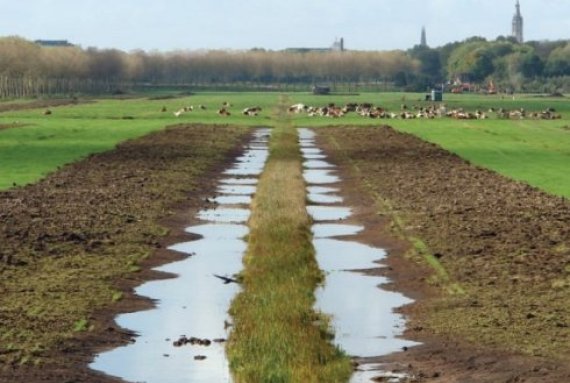photo WUR
Nature-inclusive farming can benefit both nature and the farmer, but only under the right conditions. This was the conclusion drawn from the Farmers for Nature research project. One of the necessary conditions is permission from the EU to subsidize the approach, says research leader Judith Westerink of Wageningen Environmental Research.
Over more than 10 years, WUR and several partners studied four farms which were participating in Farmers for Nature, an arrangement by which farmers integrated nature and agriculture themselves. This is what is now called ‘nature-inclusive farming’. The idea is quite simple. There is no contract stating, for instance, that a farmer must leave a field edge for wild flowers, but it is agreed that he bring in fertilizer from outside. ‘The farmer therefore runs short of nutrients on his land, so he leaves the edges and corners of his fields unfertilized,’ says Westerink. She presented the final conclusions of the study last Monday.
The conclusions are broad and hedged around with ifs and buts. The researchers see, for example, that the farms genuinely did create more nature elements such as flowery field margins. The meadows also became more varied and flowery. However, field birds such as the black-tailed godwit did not benefit from that change. And not bringing in any nutrients at all from outside was obviously too much to ask.
The study did not provide the researchers with hard statistical evidence of the success of Farmers for Nature. ‘For that you would have to study far more farms, and then you can’t take such a thorough look at how everything fits together on an individual farm.’
Multi-annual subsidies proved necessary to compensate for loss of income. Those subsidies are a sore point because the European Commission still has to check whether they count as prohibited state support. At present this is the biggest obstacle to the further expansion of Farmers for Nature.

